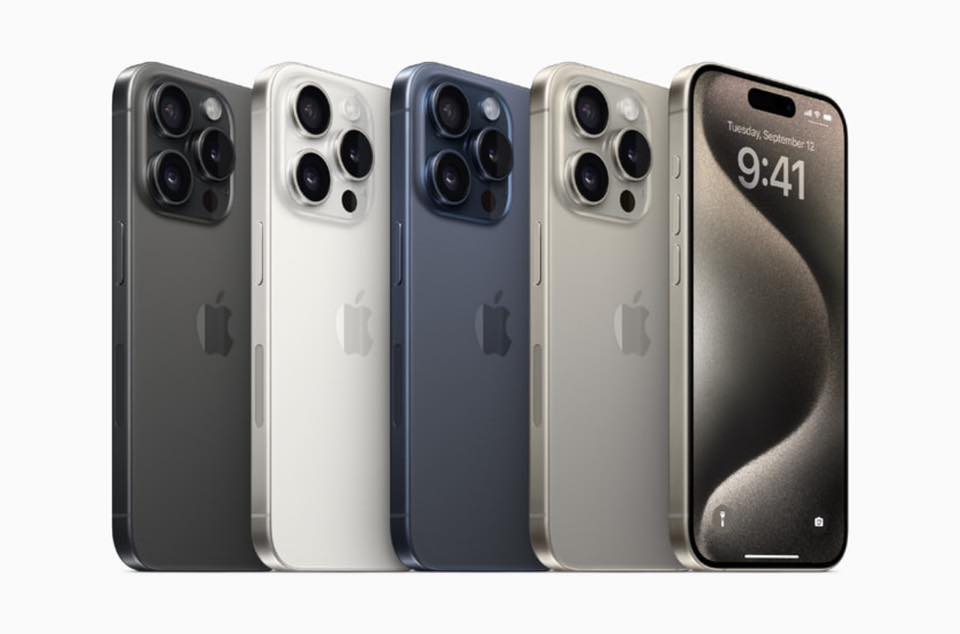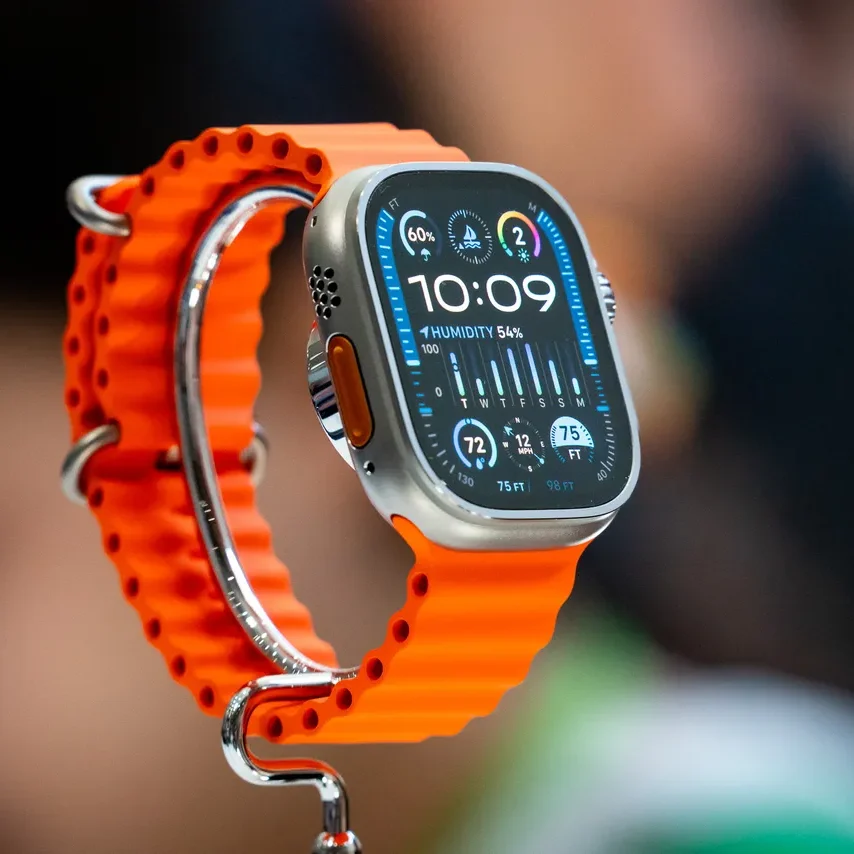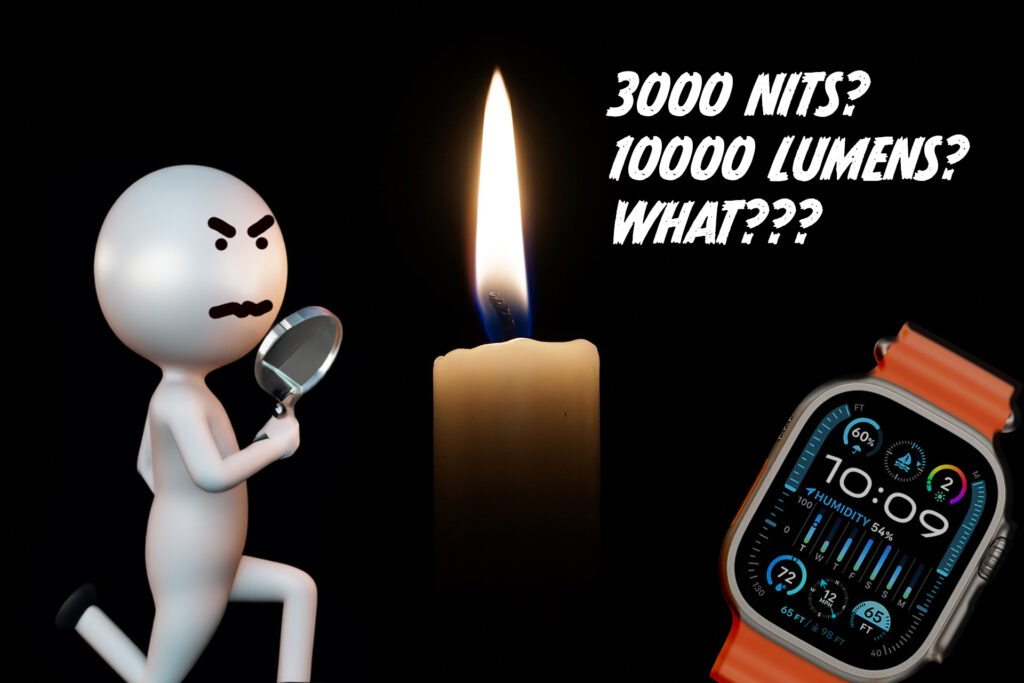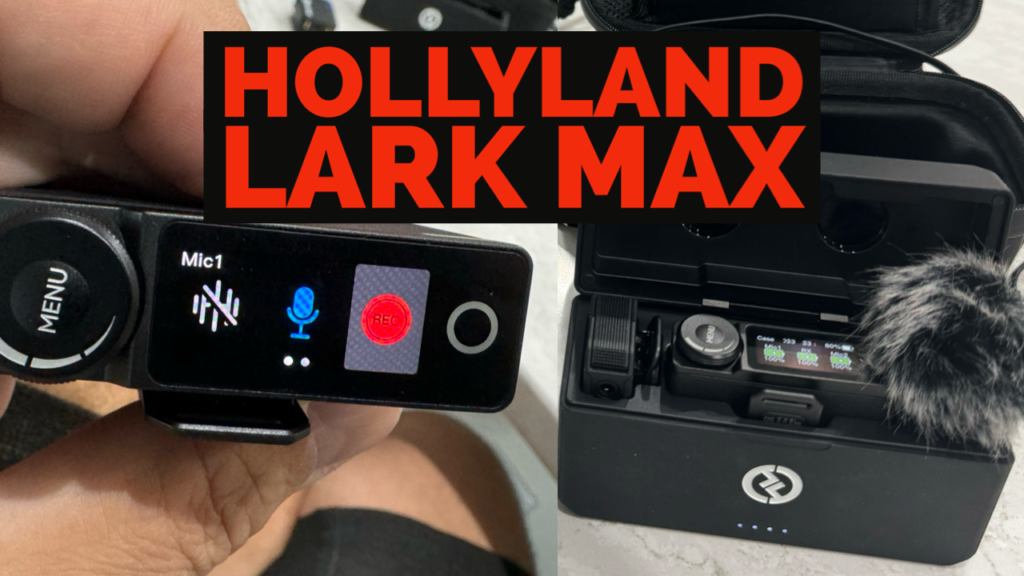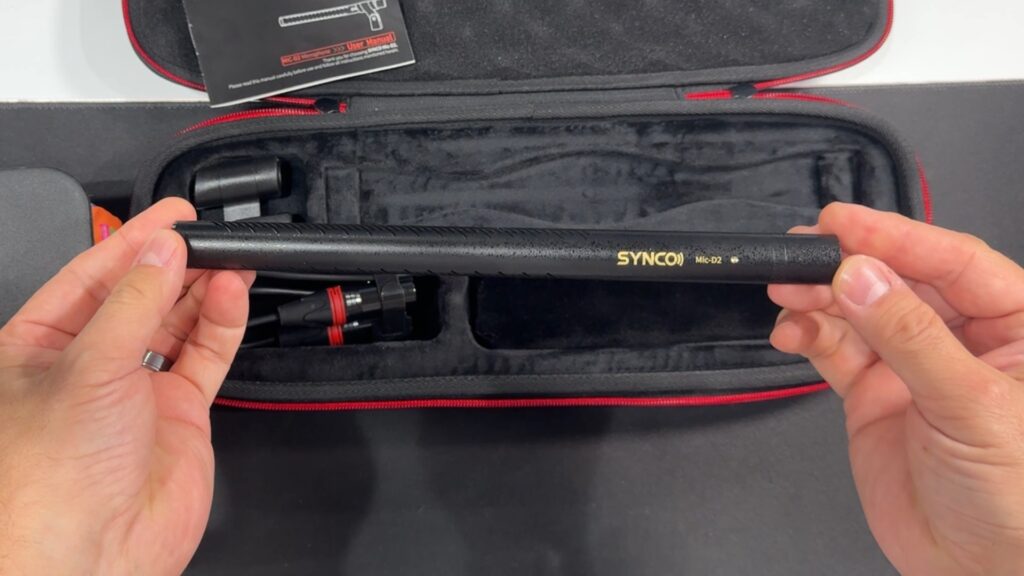There are two main reasons why I would NEVER buy a used iPhone. I actually feel guilty trading my old phone in primarily because I have directly violated these two reasons! But it is what it is, and I don’t have money to burn.
Trade deals are amazing. I got $1000 in credit for my iPhone 14 Pro Max when I traded up to the iPhone 15 Pro Max. I couldn’t believe AT&T would give me that much money for my used phone! They do this to keep you as a paying subscriber for as long as they can, and I can tell you, it works. If I leave AT&T before my contract is up, I have to pay full price for the new phone, and I really don’t want to drop 1500 bucks all at once.
I could probably sell my old phone for a little more on eBay or Facebook Marketplace, but some people who use those services can be kind of sketch for high dollar items like this, so these days I prefer to avoid the trouble.
AT&T just wants to know if it turns on OK. Check! And they want to make sure the glass isn’t cracked or there aren’t any dents in the case. Nope – been in a case since I’ve had it. It’s super clean. They don’t require you to run diagnostics and provide two critical pieces of information that should definitely affect the phone’s value.
What they’ll probably do is sell thousands of these to used smartphone resellers all over the world, who will buy them at a discount, repackage them, and then charge people a few bucks under retail to buy one. Penny Pinching Pablo will think he’s getting a great deal on my old iPhone 14 Pro Max.
Sadly, Pablo will probably not get a lot of use out of my old phone for two reasons:
1. My BATTERY CHARGE CYCLES are SIGNIFICANTLY DEPLETED
2. Many of my NAND STORAGE Program and Erase CYCLES are EXHAUSTED
NAND PHONE MEMORY HAS LIMITED WRITE CYCLES
NAND is the non-replaceable onboard chip that stores everything you save on your iPhone. Your operating system, address book, preferences, photos, videos, addresses, calendar entries, apps, games – basically everything you do on your phone.
Here’s the thing – you only get so many P/E cycles, or program and erase cycles per transistor. There are zillions of these things and the tech is pretty complicated. Without getting too heavily into the technology, here is the problem.
READING cycles don’t wear out the storage – WRITING, or PROGRAMMING and ERASING does. A process called tunneling uses electrical voltage to change the way electrons are placed in something called a floating gate. Oversimplified, tunneling physically blasts down an atomic gate to write new data, and the gate flips back up to store it permanently. Unfortunately, this is a destructive process, and you only get so many thousand cycles of writing before the gates on the transistors wear out.
If the last user was a WORM user, that’s someone who writes once and reads many times, meaning someone who uses the phone as a phone, and just plays games, uses the same exact apps, doesn’t take a lot of photos and videos, and basically doesn’t do much fun stuff with the phone, or probably in his life, your NAND prolly has lots of write cycles left.
But if he’s like me, a “write MANY read many” user, like content creators record a LOT of 4k video, many of your NAND transistors may already be spent, or have limited cycles before they can’t store anything. And this is bad. It leads to memory errors and random crashes.
Now, in their defense, there is something called “wear leveling” that attempts to spread out the programs or writes so all the transistors get even wear, so that helps. The thing is iPhones don’t allow users to track write cycles, so you never know how many are left. My phone must have used a zillion write cycles with the hours or 4k video I’ve written, edited, and deleted over the past several months. Sadly, the person who buys my old phone might end up buying a lemon.
LITHIUM ION SMARTPHONE BATTERIES HAVE LIMITED CHARGE CYCLES.
The second reason I will never buy a used smartphone is due to limited battery charge cycles.
Batteries in smartphones are made of lithium-ion materials. They are small, light, and powerful with excellent battery life – when they are new. Over time, they use up what’s known as “CHARGE CYCLES” and slowly lose their ability to maintain a full charge.
I’m not a typical user. Since we record and edit a lot of 4k video on our phones, like the one you’re watching now, hi mom! We end up charging our phones sometimes twice a day, eating up those usable charge cycles.
Apple officially states that iPhone batteries should maintain up to 80 per cent of their original capacity after 500 full charge cycles. Think one full charge a day over about two years. However, some average iPhone 14 and iPhone 14 Pro users faced unexpected battery degradation, causing users to charge multiple times a day, further eating up the useable charge cycles.
Unfortunately, when you purchase a used phone online, vendors won’t tell you how many charge cycles have been used, or worse, they’ll outright lie to you. Fortunately, this information is tracked, and this bro shows you how you can check the battery charge cycle count in this video: https://www.youtube.com/watch?v=mYH3K7OEkOM
So think twice before you decide to be like Penny Pinching Pamela and try to save a few dollars on your next smartphone purchase. Hopefully, the prior owner was a worm. But he might have been like me.

